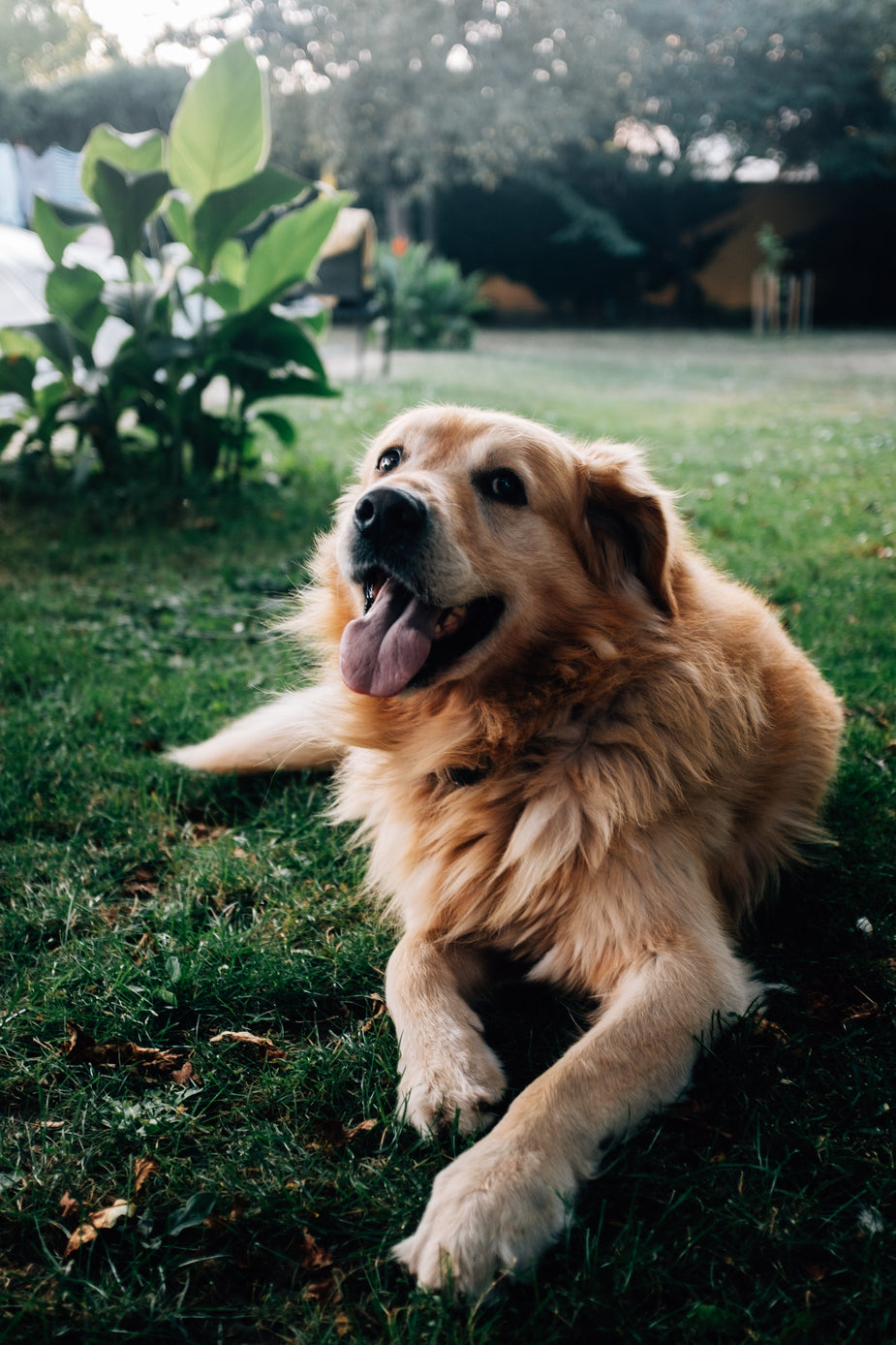Your cart is empty
Already have an account? Log in to check out faster.
Already have an account? Log in to check out faster.
The conditions in which a cat lives will greatly affect its lifespan. It is not unusual for a house cat to reach 15 years or even 20 years of age, whereas an intact tomcat living in the wild has a life expectancy of about 3 years.
The average life for a house cat is about 1/5th that of a person, not 1/7th. A cat has a relatively short childhood. A cat with an expected lifespan of 15 years would be mature (sexually and physically) within 1 year. A man with an expected lifespan of 75 years (the current approximate male life expectancy in developed countries) would reach the equivalent maturity at 15. Thus the cat reaches maturity in 1/15th of its lifespan whereas the person reaches it in 1/5th (15 years / 75 years) of his lifespan. Therefore, an accurate mapping of cat years to human years needs to consider factors other than expected lifespan. Thus, a 1 year old cat has the same maturity as a 15 year old human; a two year old cat has the same maturity as a 25 year old person. Thereafter each calendar year a cat will age the equivalent of 4 human years.
Although one cannot predict the health of a cat, one can increase the probability of better health and longer life through careful choices and proper care. Please consult your Vet for detailed information on the following subjects.
The three major natural causes of death in cats are cancer, kidney failure, and infectious diseases.
Female cats tend to live slightly longer than male cats.
Neutered cats tend to live longer than intact cats. Neutering reduces the risk of sex hormone related cancers. Current research indicates that the sooner the neutering is done the lower the risk of these cancers, and if a female cat is neutered before the first season the risk is believed to be less than 1%. There is also some evidence that neutered cats, especially neutered tomcats, benefit from a reduced exposure to infectious diseases (they stay closer to home).
Suitable foods (including special reduced protein cat food for older cats) can significantly delay kidney problems and may also reduce cancers. There are a range of cat foods specially adapted to different cat ages and medical conditions, even targeting neutered cats.
A suitable environment will result in a healthier cat living longer. For this reason house cats typically live longer than barn cats or feral cats.
Cats should have vaccination against common feline diseases. In some parts of the world the presence of certain deadly parasites (e.g. heartworm) require that cats receive preventive medication monthly to ensure that they are not infected. Death from Infectious diseases can be prevented with up-to-date vaccinations. And, like people, cats require medical treatment for illness or injury, especially as they get older.
Just as some people are born with a strong constitution, so are some cats. Thus, while one can talk about the expected lifespan of a cat based on the above factors, every cat is different.
This Aging table will provide you a good guideline on the different development stages and the rates at which your cat will reach (on average) them.
| Calendar Years | Equivalent Human Years |
| 1 | 15 |
| 2 | 25 |
| 3 | 29 |
| 4 | 33 |
| 5 | 37 |
| 6 | 41 |
| 7 | 45 |
| 8 | 49 |
| 9 | 53 |
| 10 | 57 |
| 11 | 61 |
| 12 | 65 |
| 13 | 69 |
| 14 | 73 |
| 15 | 77 |
| 16 | 81 |
| 17 | 85 |
| 18 | 89 |
| 19 | 93 |
| 20 | 97 |
The oldest recorded age for a cat is 34 years.
Sources of inspiration:
Het Boek Van De Hond & france-property-and-information.com


Be the first to know about new products, pet tips, and exclusive offers!
(we'll never spam you, and you can unsubscribe at any time)